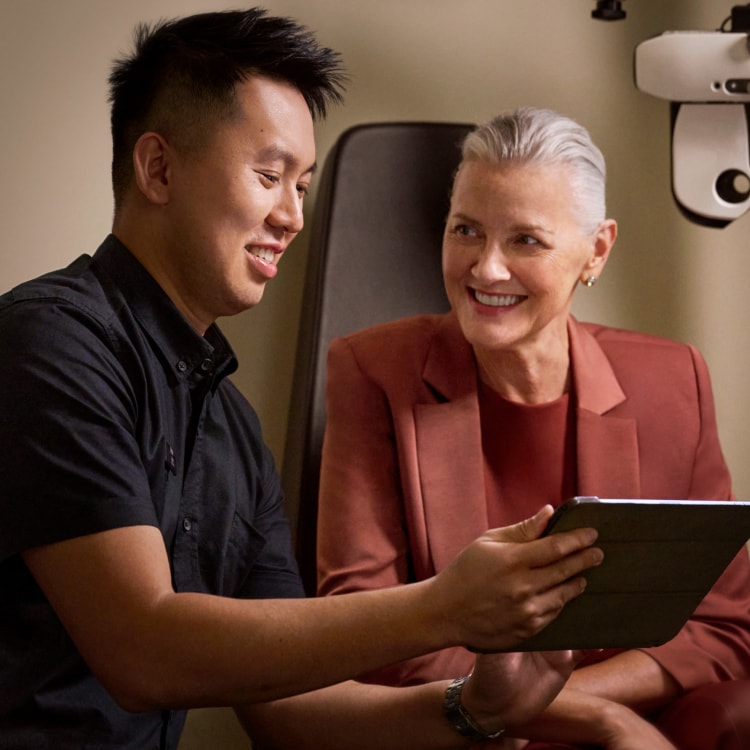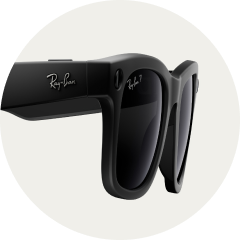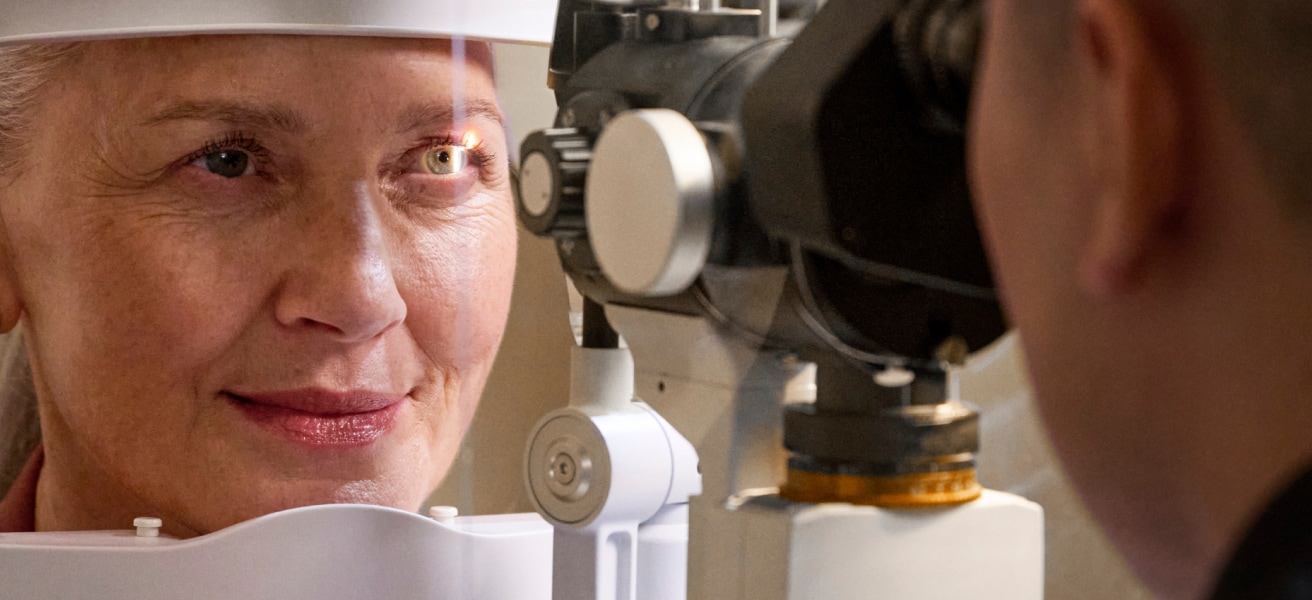-
Contact lenses
Type and Frequency
Daily Fortnightly Monthly Toric Multifocal
Brand
Acuvue Dailies Biofinity OPSM View all brands
Solutions & Accessories Subscribe & Save 25%Reorder your contacts View all contacts
 Shop now
Shop now^Further T&Cs apply.
-
Glasses
Shop by our picks
New Arrivals Best SellersRay-Ban | MetaNewOakley | MetaNew
Shop by offer
Sale | Up to 50% off
Shop by lenses
Transitions®
Shop by brand
Ray-Ban Oakley Miu Miu Versace
Find your Frame VIEW ALL GLASSES
 Shop now
Shop now*In store only. When purchased as part of a complete pair (frame and lenses). T&Cs apply.
-
Sunglasses
Shop by our picks
New Arrivals Best SellersRay-Ban | MetaNewOakley | MetaNew
Shop by offer
Seasonal Promo Sale | Up to 50% off
Shop by lenses
Oakley® Prizm™ Lenses
Shop by brand
Ray-Ban Oakley Prada Ralph
Find your Frame VIEW ALL SUNGLASSES
 Shop now
Shop now*In store only. When purchased as part of a complete pair (frame and lenses). Further T&Cs apply.
-
-
Brands
a - z
Alain Mikli Armani Exchange Arnette Brooks Brothers Brunello Cucinelli Burberry Coach Costa Dolce&Gabbana Emporio Armani Ferrari Giorgio Armani GucciJimmy ChooMichael Kors Miraflex Miu MiuNewMonclerOakleyNewOakley MetaOliver Peoples OPSM Persol Polo Ralph Lauren Prada Prada Linea Rossa Ralph Ray-BanNewRay-Ban MetaScuderia Ferrari Sferoflex Swarovski Tiffany & Co. Tom Ford Versace Vogue EyewearNew -
Our Services
BUYING ONLINE
Claim Health Fund Benefits Subscribe & Save 25% Find your frame
OPTOMETRY SERVICES
Book an Eye Test Vision Plan™ Eye Tests Eye Technology
AUDIOLOGY SERVICES
Book a Hearing Test Hearing care
USEFUL INFORMATION
Bulk Billing Workplace Services FAQs Lenses Dedicated to Everyday Excellence

Eye Tests
Part Of Your Normal Health Routine
Everyone’s eyes are different, but we’ve made it easier for you to choose with great value eye test packages that suit all ages, situations, needs and budgets. You should have an eye test at least every two years, or more frequently if recommended by your Optometrist.
Eye Test Packages
Our Everyday eye test is bulk billed for eligible Medicare card holders. This means that you won't have to pay out of pocket for your eye test.
During your standard eye test, we will check your vision at various distances to identify any issues with your day-to-day vision. We will also provide you with professional advice on your eye health and the best way to address any problems using glasses, contact lenses, or sunglasses.
In short: Our basic eye test
Time: 20-30 minutes
Cost: Bulk billed for eligible Medicare card holders and services
Every OPSM eye test checks your vision. A comprehensive eye exam also examines your eye health looking for diseases such as glaucoma, macular degeneration and cataracts
Eyecare technology has evolved. Let’s look deeper by using our Ultra Wide Digital Retinal Scan that reveals a picture 4x wider than a standard Digital Retinal Scan. Ultra Wide Retinal scans assist with diagnosis of eye disease by displaying a larger area of the retina. The images are added to your eye health record and over time your Optometrist can compare to see if there are any changes with your eye health.
In short: Our recommended level of eyecare for everyone, particularly the short sighted, diabetics and over 40s
Time: Around 30 minutes
Gap payment: $65
Benefit from all tests including an Ultra Wide Digital Retinal Scan and 3D Optical Coherence Tomography (OCT) exam. OCT scanning looks deep below the visible surface of the eye to reveal the layers beneath. This assists with early detection across a range of ocular conditions. OCT exams are available in selected OPSM stores.
In short: Our all-encompassing level of eyecare for those who wish to be proactive about their eye health, recommended for diabetic patients and those with a family history of macula disease.
Time: Around 40 minutes
Gap payment: $95
Contact Lenses are easier to use than ever before! Our expert Optometrists are here to guide you through every step of the experience and to ensure that you are paired with a set of contact lenses that fits your vision and lifestyle needs. Whether you're a first-time wearer or someone who has previously struggled with contact lenses, this package will provide you with the full support you need to become a confident contact lens wearer.
In short: A reassuring way to become a contact lens wearer
Time: Around 40 minutes for the initial fit and a lesson to teach you how to wear and care for your new lenses
Cost: $49, which is redeemable upon purchase of contact lenses (certain prescriptions may be eligible for a Medicare rebate)
Tests for Special Conditions
Diabetes is one of Australia’s fastest-growing chronic diseases. There are currently 1.5 million Australians living with diabetes and many diabetics suffer from diabetic retinopathy1, a key cause of preventable blindness. The good news is that retinopathy can be detected by retinal evaluation and imaging. Please consult your OPSM Optometrist to understand which tests are appropriate for you.
Age-Related Macular degeneration is an age-related chronic and painless condition that causes vision impairment (even blindness) and approximately 1 in 7 Australians over the age of 50 have some evidence of Age Related Macula Degeneration2. Retinal evaluation and scans can detect subtle changes in the tissue at the back of the eye. These scans are included in the Look Deeper & Look Deeper+ Package. Please consult your OPSM Optometrist to understand which tests are appropriate for you.
Over 300 000 Australians have glaucoma, half of them remaining undiagnosed3. Glaucoma is a disease which causes irreversible damage to your optic nerve, that causes gradual peripheral visual field loss and can worsen if left untreated.
Glaucoma can be detected by an eye pressure check, visual field and optic nerve evaluation. For more information, please consult your OPSM Optometrist.
Myopia, also known as 'short-sightedness', is a condition where distant objects appear blurry. Myopia is the leading cause of distance visual impairment globally and is expected to affect half of the world's population by 20504. Myopia is primarily caused by excessive eye growth during childhood5, leading to vision that typically worsens every 6-12 months throughout adolescence. Myopia can increase the risk of eye diseases such as myopic maculopathy, retinal detachment, and cataracts later in life.
Myopia progresses fastest in children under 10, making early intervention crucial. Myopia management aims to slow this excessive growth, reducing the frequency of prescription changes in the short term and the risk of eye diseases in the long-term. We have a number of treatment options available including spectacle and/or contact lenses for myopia control.
Please consult your OPSM Optometrist to find out more.
1. Diabetic retinopathy initiative australia (no date) Sight For All. Available at: https://sightforall.org/diabetic-retinopathy-initiative-australia/#:~:text=Approximately%201.5%20million%20Australians%20are,to%20Australia%20of%20%242.07%20billion. (Accessed: 19 June 2024).
2. AMD Overview (2023) Macular Disease Foundation Australia Macular Disease Foundation Australia. Available at: https://www.mdfoundation.com.au/about-macular-disease/age-related-macular-degeneration/amd-overview/ (Accessed: 19 June 2024).
3. Mitchell P, Smith W, Attebo K et al. Prevalence of open-angle glaucoma in Australia: The Blue Mountains eye study. Ophthalmology 1996; 103: 1661-1669.
4. Holden BA, Fricke TR, Wilson DA, Jong M, Naidoo KS, Sankaridurg P, Wong TY, Naduvilath TJ, Resnikoff S. Global Prevalence of Myopia and High Myopia and Temporal Trends from 2000 through 2050. Ophthalmology. 2016 May;123(5):1036-42. doi: 10.1016/j.ophtha.2016.01.006. Epub 2016 Feb 11. PMID: 26875007.
5. Carr BJ, Stell WK. The Science Behind Myopia. 2017 Nov 7. In: Kolb H, Fernandez E, Nelson R, editors. Webvision: The Organization of the Retina and Visual System [Internet]. Salt Lake City (UT): University of Utah Health Sciences Center; 1995-. Available from: https://www.ncbi.nlm.nih.gov/books/NBK470669/















 Book an eye test
Book an eye test
 Health Funds
Health Funds
 Find A Store
Find A Store
 Favourites
Favourites




















